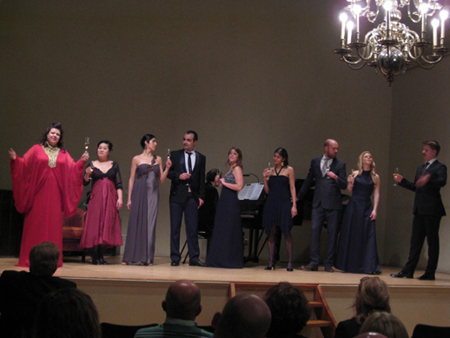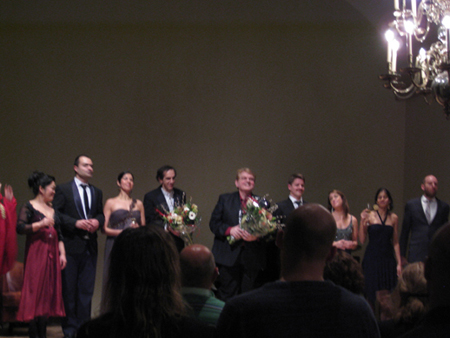Diary of a masterclas
Teacher: Raymond Modesti
Accompanist: Maarten Hillenius.
Participants: Caroline Bruker, Mikkel Fjeld Skorpen, Amanda Key, Niels Kuipers, Marion Roberts,Arash Roozbehi, Meneka Senn, Itzel Trejo Medécigo
and Sun-Mee Vanpanteghem
This master class was held from February 12 till 15, 2014
Location: Bethaniënklooster in Amsterdam

Welcome everyone!

Maarten, our expert accompanist.

One thing you should always remember: you sing with your entire body,
not only your head!!

One thing you should always remember: you sing with your
entire body, not only your head!!
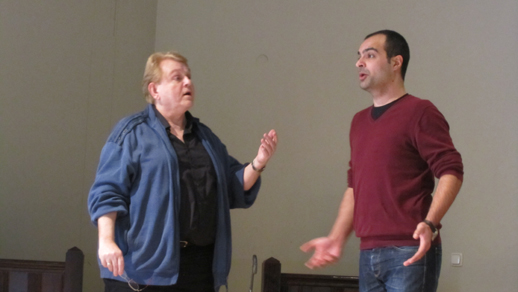
Cuperto, Cuperto!! i.e. Throat open , mouth position small.
Feel your neck as if it were in a Cobra position.

Do you feel the head resonance? The breath steers the voice!!
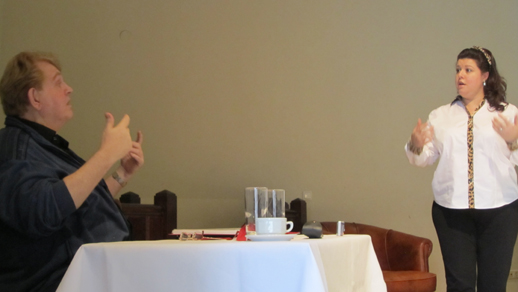
Again,..........let the breath -steer- the voice!

Voce cuperto!! Wide open throat.......small mouth position.

Let’s get back to the instrument. Like I said, the vocal instrument is nothing
less or more than the human body. Each part of the body which cannot
be deployed means a missing or badly functioning part of the instrument,
which has its consequences for the quality of the voice.

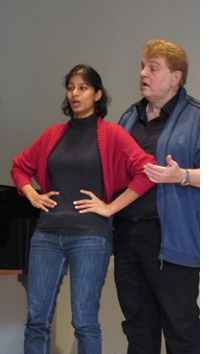
Let’s concentrate on the breath and support muscles.
Like a car we also need fuel. Ours is oxygen, stored in the lungs.
To prevent unnecessary loss of energy
( i.e. breath support) stay in the inhalation mode as long as possible.
Then let your abdominal muscles do their work….
feel a slight contraction and then sing out sparingly ‘on the breath’.
One could imagine an inflated balloon down there,
and then only letting the air escape, needed for the intended phrase/sentence,
thereby administering the correct amount of
breath and NOT giving it all away in the beginning!
BREATHE IN THE BACK AND SING FORWARD!

Don’t lean forward, but get your back muscles involved into
the whole breath support system.

Do you feel the abdominal muscles getting into action
the moment just before you start singing?
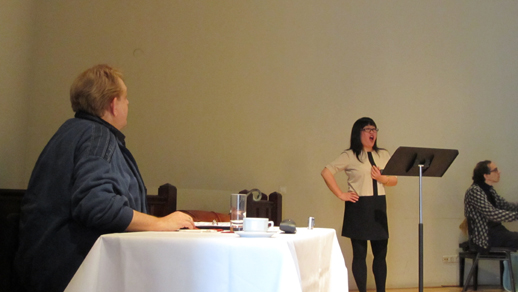
Feel how the movement of the sternum makes your hand quietly move up and down,
reminding yourself that your torso serves as a column of air……
dispensing it throughout the whole body!
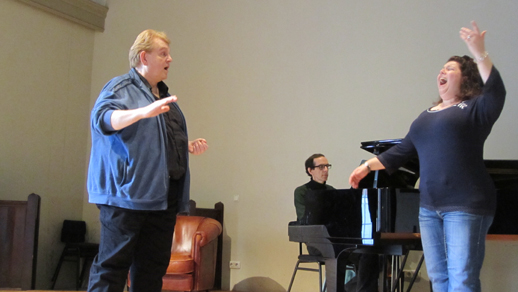
Notice how the breath propels the voice to the soft palate for the highest notes.
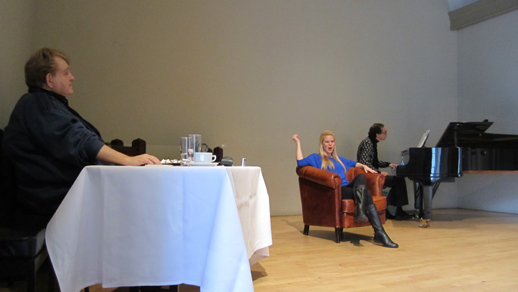
As long as the body - i.e. the instrument - does not collapse,
you can sing in any position.

The voice can be compared to a wind instrument, and can only sound as
long as it is sustained by the controlled dispensing of the breath.
This is THE secret of an even and uninterrupted LEGATO!
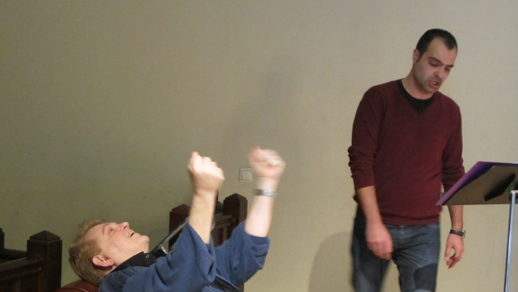
Yes!! You did it!

Just like a wind instrument, the breath must be administered in an even
and controlled way. Therefore you need strong facial and mouth muscles.
-Oh… you mean the ‘trumpet-like’ mouth position?
Exactly. Never place the sound forward, as it originates from the epiglottis.
Be aware of the passagio’s, don’t spread, but narrow the vowel slightly!

Breath in........( bend over and feel the back muscles.this is where you
send your breath!).
Step on the accelerator slowly (stomach mucles contract) and by doing so, sing out on the breath!!!!!
Think of the surprised "Ohh" feeling, letting the larynx sink at a low position
and setting up the breath support.

All words…are supported by your breath-support, let them dance, walk like in a dream,
make fun, run, or even bounce…whatever the performer wants them to do.
In other words:
the quality of your acting also depends on the breath support.

Right! You don’t have to push down the jaw. It will come down all by itself,
because the hinges of the jaw work like a pair of scissors.
The relaxation starts at the backside. ‘Inhale the vowel before you sing and with a "slight Gasp", feel the opening
at the back of the jaw muscles. The jaw goes down from the hinges, NOT forward.
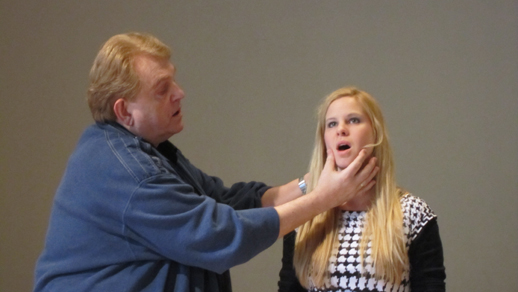
Do not cramp up on the jaw. a slight yawn is a natural remedy against this; it loosens
a stiff jaw and tension in the whole region.
Besides, it brings the mouth in the right position.
Do not provoke the movement; just let it happen as a result of mental relaxation.

Inhaling the vowel before you sing and dropping the jaw slightly ( as in a dumb expression)
it gives more space around the uvula, thus enlarging the cupola,
i.e. the rounding of the tone! Although the whole body is your soundboard,
the extreme resonance is formed in the cavities of the head.
Again, do not make it happen,but let it happen.

Feel the connection to the body.

A stable and strong torso means freedom for the limbs! Think wide and open…….
thus keeping the throat open as well!

As stated before a singer is a ‘two-in-one’: the instrument ánd the performer.
On stage the instrument should become invisible for the public in order
to make room for your personage.
From then on, you turn into a singing actor.

In order to synchronize the musical phrases with the underlying emotions
they need to be transported in the same vehicle: your breath.
Sing and act while breathing out.
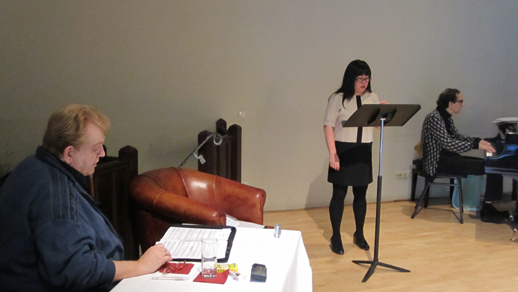
When singing, send the breath* downwards and let the resonance go up!
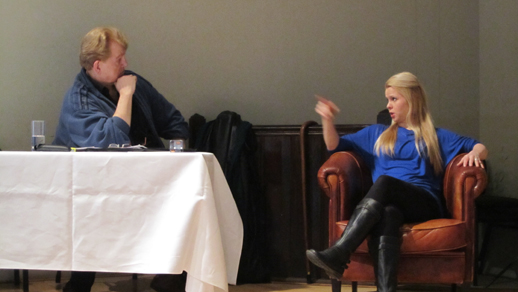
You perfectly made me understand your message.
But do you know why? Because you did not sing from one note to another,
but concentrated on what you wanted to tell me. Musical eloquence even helps in passing high notes!
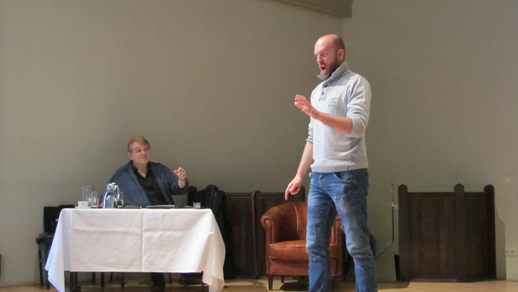
The instrument is well tuned. The performer cannot wait to tell his story.
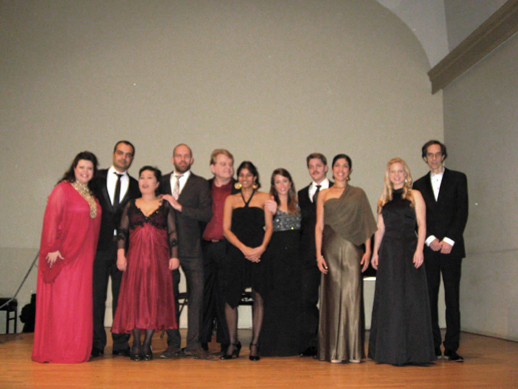
Ready for the concert!

Itzel Trejo Medécigo


Sun-Mee Vanpanthegem
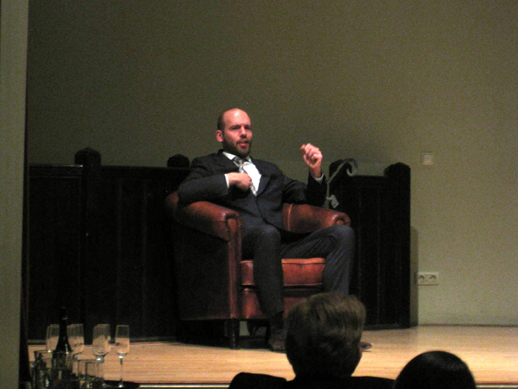
Niels Kuipers
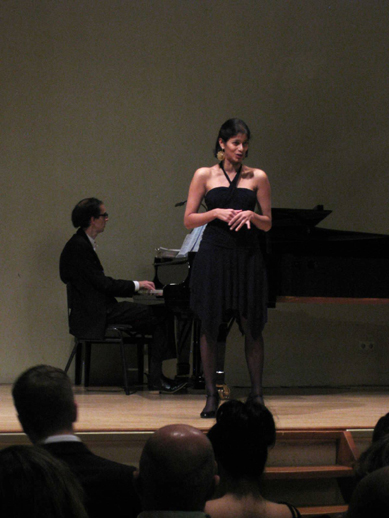
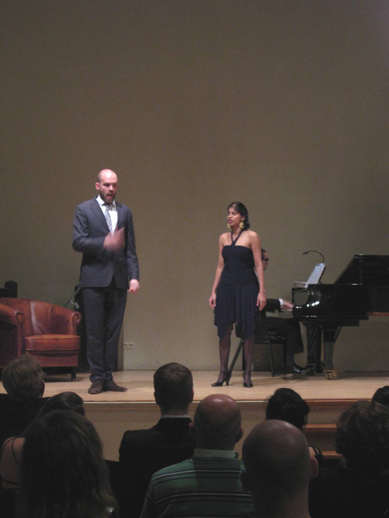
Meneka Senn
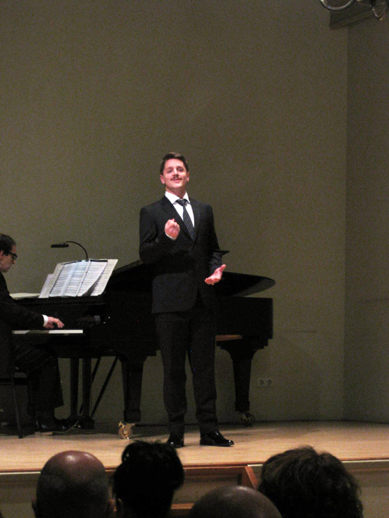
Mikkel Fjeld Skorpen

Caroline Bruker

Caroline Bruker
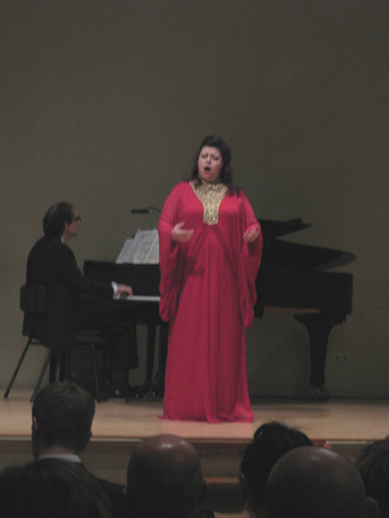
Marion Roberts

Arash Roozbehi
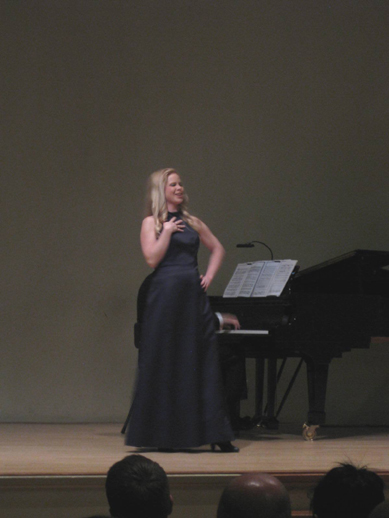
Amanda Key
